Home>Home Maintenance>How To Protect Garden Drainage From Debris
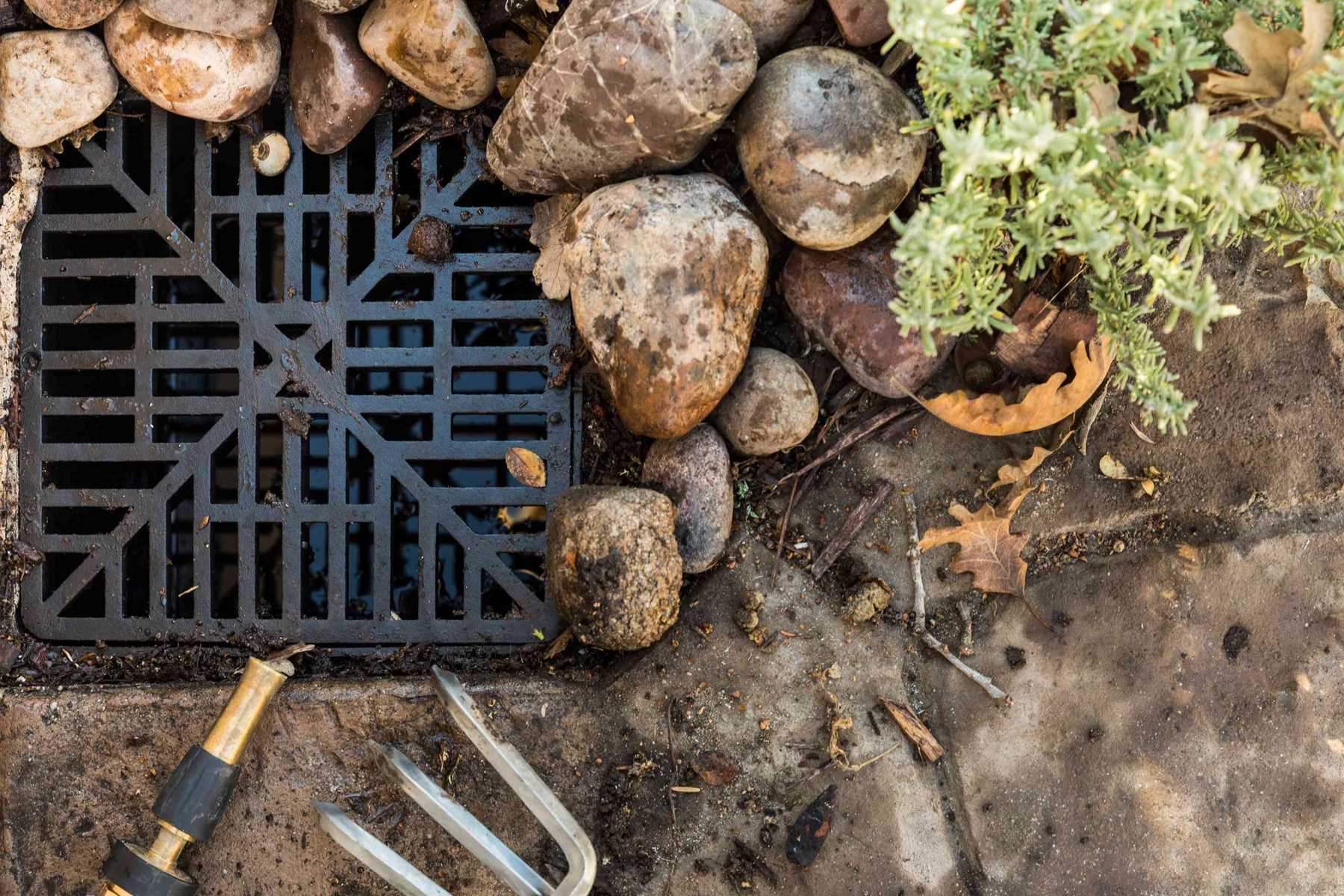

Home Maintenance
How To Protect Garden Drainage From Debris
Modified: March 7, 2024
Learn how to protect your garden drainage system from debris and ensure effective water management with these helpful home maintenance tips.
(Many of the links in this article redirect to a specific reviewed product. Your purchase of these products through affiliate links helps to generate commission for Storables.com, at no extra cost. Learn more)
Introduction
Welcome to the world of home maintenance, where ensuring the functionality and longevity of every component is key. One vital aspect of maintaining a healthy and functional garden is protecting the drainage system from debris. A well-functioning drainage system is crucial for preventing water buildup, which can lead to various problems such as waterlogged soil, erosion, and damage to your plants and structures.
In this comprehensive guide, we will delve into the importance of protecting garden drainage from debris and explore various methods and strategies to maintain a clean and efficient drainage system. By understanding the types of debris that can clog your drains and applying appropriate protection methods, you can avoid costly repairs and ensure the optimal performance of your garden.
So, whether you are a seasoned green thumb or a novice gardener, read on to discover how to safeguard your garden drainage system and create a flourishing outdoor space.
Key Takeaways:
- Protecting your garden drainage from debris is crucial to prevent waterlogging, erosion, and damage to plants and property. Methods include manual clearing, protective covers, filter systems, and natural vegetation barriers.
- Regular maintenance and cleaning of your garden drainage system are essential to ensure optimal functionality and longevity. This includes inspecting drains, clearing debris, monitoring water flow, and scheduling professional maintenance.
Read more: How To Protect A Garden From Animals
Importance of Protecting Garden Drainage
Proper drainage is essential for maintaining the health of your garden. When water cannot flow through the soil and drain away properly, it can lead to a variety of issues that can harm your plants and landscape.
One of the main reasons why protecting garden drainage is important is to prevent waterlogging. When water accumulates in the soil for an extended period, it can drown the roots of your plants and create a breeding ground for diseases and pests. This can result in wilting, stunted growth, and even death of your beloved plants.
Additionally, excess water can cause soil erosion, washing away valuable nutrients and compromising the stability of your garden. It can also damage hardscape features such as patios, pathways, and retaining walls, leading to costly repairs or replacements.
By protecting your garden drainage, you also ensure that water flows away from your property, preventing water damage to your home’s foundation and basement. Proper drainage can help minimize the risk of basement flooding and the potential for mold and mildew growth.
Furthermore, maintaining a clean and efficient drainage system helps to create an environment conducive to healthy plant growth. It allows for adequate oxygenation of the soil, prevents the buildup of excess salts and minerals, and promotes the decomposition of organic matter essential for nutrient cycling.
Overall, protecting your garden drainage is not only about preserving the appearance of your outdoor space but also about promoting the long-term health and vitality of your plants, mitigating potential water damage, and avoiding costly repairs.
Understanding the Types of Debris
Before implementing any protection methods for your garden drainage, it is important to understand the types of debris that can accumulate and clog your drains. By identifying the potential culprits, you can choose the most effective prevention and maintenance strategies.
Common types of debris that can find their way into garden drains include:
- Leaves: Fallen leaves from trees and shrubs are a major source of debris. They can easily accumulate in gutters, downspouts, and drainage channels, causing blockages and hindering water flow.
- Twigs and branches: During storms or strong winds, twigs and branches can break off from trees and plants, posing a threat to your garden drainage system.
- Grass clippings: After mowing your lawn, grass clippings can be carried by water into drains, where they can accumulate and form clumps that impede water flow.
- Soil and sediment: Erosion and runoff can result in the deposition of soil and sediment in drainage systems, gradually reducing their capacity and efficiency.
- Plastic and wrappers: Litter can find its way into your garden drains, including plastic bags, food wrappers, and other non-biodegradable materials. These can cause severe blockages and require immediate attention.
- Roots: Tree roots are notorious for infiltrating drains and causing significant blockages. They can grow into cracks or joints in pipes, leading to extensive damage if left untreated.
By being aware of these potential sources of debris, you can take proactive measures to prevent clogs and protect your garden drainage system. Regular maintenance and implementing the right protection methods will help you maintain a clean and efficient drainage system, ensuring the longevity and functionality of your garden.
Choosing the Right Drainage Protection Methods
When it comes to protecting your garden drainage system from debris, there are several effective methods you can choose from. The right method will depend on factors such as the type of debris present, the layout of your garden, and your personal preferences. Here are some common drainage protection methods to consider:
- Clearing debris manually: Regularly inspect and clean your drains by removing any visible debris. Use a rake or a small shovel to clear leaves, twigs, and other debris that may have accumulated. This is a simple and cost-effective method, but it requires consistent maintenance.
- Using protective covers or grates: Install covers or grates over your drains to prevent large debris from entering. These covers can be made of metal, plastic, or other materials and are designed to allow water to flow through while trapping leaves and other debris on the surface. Make sure to choose covers or grates that are easy to remove for cleaning purposes.
- Installing a filter system: Filter systems can be installed within the drainage pipes to catch smaller debris before it reaches the drain. These filters are usually made of mesh or fabric materials that allow water to pass through while trapping debris. Regularly clean or replace the filters to maintain their effectiveness.
- Using vegetation as natural protection: Planting vegetation around your drains can act as a natural barrier against debris. Choose plants with dense foliage that can help filter and intercept falling leaves and twigs. However, be cautious of planting aggressive or invasive species that could damage drainage systems or clog pipes with their roots.
- Regular maintenance and cleaning: Regardless of the protection method you choose, regular maintenance and cleaning of your drainage system are essential. Schedule routine inspections to identify and address any blockages or signs of damage promptly.
Remember to assess the specific requirements and challenges of your garden to select the appropriate protection method. Combination strategies may also be necessary, depending on the severity of debris accumulation and the complexity of your drainage system. By implementing suitable protection methods, you can ensure a well-maintained and efficient garden drainage system.
Clearing Debris Manually
One of the simplest and most straightforward methods for protecting your garden drainage system is to clear debris manually. Regularly inspecting and cleaning your drains can help prevent clogs and ensure the smooth flow of water. Here are some steps to follow when clearing debris manually:
- Inspect the drains: Start by visually inspecting your drains to identify any visible debris or obstructions. This can include fallen leaves, twigs, grass clippings, or other materials that may have accumulated.
- Remove large debris: Use a rake or a small shovel to remove any larger debris from the drains. This can include leaves, branches, or other items that may have blocked the flow of water. Be careful not to damage the drain or surrounding vegetation while doing this.
- Flush out remaining debris: After removing the larger debris, use a garden hose or a bucket of water to flush out any remaining smaller debris. This will help clear out the drains and ensure that water can flow freely.
- Dispose of the debris: Collect the debris you have removed and dispose of it properly. Consider composting organic debris such as leaves and grass clippings, or dispose of them in yard waste bins.
- Maintain regular cleaning schedule: Clearing debris manually should be done on a regular basis, especially during peak seasons when trees shed leaves or during periods of heavy rainfall. Set up a schedule to inspect and clean your drains periodically to prevent debris buildup.
It is important to note that manual clearing of debris is an ongoing maintenance task. By staying vigilant and regularly removing debris, you can minimize the risk of clogs and ensure the optimal functioning of your garden drainage system.
Regularly clean out your garden drainage system to remove any debris that may block the flow of water. Use a small rake or shovel to clear out leaves, dirt, and other obstructions.
Read more: How To Improve Garden Drainage
Using Protective Covers or Grates
Installing protective covers or grates over your garden drains is an effective method to prevent debris from entering the drainage system. These covers act as a barrier, allowing water to flow through while trapping larger debris on the surface. Here are a few steps to follow when using protective covers or grates:
- Assess your drainage system: Take a close look at your garden drainage system and identify the drains that are most susceptible to debris accumulation. This can include gutter downspouts, catch basins, or channel drains.
- Select the appropriate covers or grates: Choose covers or grates that are designed specifically for garden drains. Consider the material, size, and shape that best suits your needs. You can opt for metal, plastic, or composite materials depending on your preference and the aesthetics of your garden.
- Remove existing debris: Before installing the covers or grates, ensure that the drains are clear of any existing debris. Clear away leaves, twigs, or other obstructions to provide a clean surface for installation.
- Install the covers or grates: Carefully place the covers or grates over the drains, ensuring they fit securely and snugly. Some covers or grates may require specific anchoring or fastening methods to keep them in place. Follow the manufacturer’s instructions for proper installation.
- Regularly clean the covers or grates: While protective covers or grates can prevent larger debris from entering the drains, smaller particles may still accumulate on the surface. Establish a regular cleaning schedule to remove any dirt, leaves, or other debris that collects on the covers or grates.
- Inspect for blockages: Despite the presence of covers or grates, it is important to periodically inspect the drains for any signs of blockages. Remove any debris that may have bypassed the covers or grates and clear the drains as needed.
Using protective covers or grates is a practical and efficient way to safeguard your garden drainage system from debris. The covers or grates not only prevent clogs but also make it easier to maintain and clean your drains, ensuring optimal functionality and longevity of your garden’s drainage system.
Installing a Filter System
An effective method to protect your garden drainage system from smaller debris is installing a filter system. These systems are designed to catch and filter out debris before it reaches the drains, allowing water to flow freely while preventing clogs. Here’s how you can install a filter system:
- Assess your drainage system: Determine the areas of your garden where a filter system would be most beneficial. This can include areas with a high concentration of organic debris, such as near trees or shrubs.
- Select the appropriate filter system: Choose a filter system that is designed to fit your specific drainage needs. There are different types of filter systems available, including mesh filters, fabric filters, and foam filters. Consider the size and capacity of the filter system to ensure it can handle the expected debris load in your garden.
- Locate the installation point: Identify the optimal location to install the filter system. This may be near a drain or in a strategic position where water flow is likely to pass through the filter.
- Prepare the installation site: Clear any debris or obstructions from the installation site to create a clean surface. Ensure the area around the drain is accessible for easy installation and future maintenance.
- Install the filter system: Follow the manufacturer’s instructions to install the filter system. This may involve attaching it directly to the drain or securing it within the drainage pipes. Ensure a secure fit to prevent bypassing of debris.
- Regularly clean or replace the filter: Filters can become clogged over time, reducing their effectiveness. Establish a regular cleaning or replacement schedule to ensure the filter system continues to function optimally. Clear away any collected debris and rinse the filter to maintain proper water flow.
- Monitor and maintain the filter system: Regularly inspect the filter system for any signs of blockages or damage. Address any issues promptly to prevent potential clogs and ensure the longevity of your drainage system.
Installing a filter system provides an added layer of protection for your garden drainage system. By filtering out smaller debris, you can maintain the overall health and functionality of your garden, preventing clogs and water buildup that can lead to various problems.
Using Vegetation as Natural Protection
One innovative and eco-friendly method to protect your garden drainage system from debris is by utilizing vegetation as natural protection. Planting the right types of vegetation strategically around your drains can help intercept and filter out falling leaves, twigs, and other debris. Here’s how you can use vegetation as natural protection:
- Identify areas for vegetation: Take a look at your garden layout and identify areas where drains are located or where debris tends to accumulate. These are the key areas where you can strategically plant vegetation for natural protection.
- Select appropriate vegetation: Choose plants with dense foliage that can effectively catch and filter debris. Look for species with broad leaves or thicker branches that can intercept falling debris. Consider planting deciduous trees or shrubs that shed their leaves seasonally, as these can provide effective debris interception during the fall.
- Plan the layout: Determine the spacing and layout of vegetation to create a barrier around the drains. Arrange plants in a way that ensures optimal coverage and interception of debris. Be mindful of the maturity size of the vegetation to avoid overcrowding or potential damage to nearby structures.
- Maintenance and regular pruning: Maintain the vegetation by regularly pruning and removing any dead or damaged branches. This will help keep the plants healthy and prevent them from becoming a potential source of debris themselves.
- Monitor and address potential issues: Keep an eye on the vegetation to ensure it is not causing any blockages or damage to the drainage system. If roots start to infiltrate the drains, take appropriate measures to redirect or contain them to prevent clogs and damage to the drainage infrastructure.
- Complement with other protection methods: While vegetation can provide natural protection, it’s important to complement it with other methods. Consider using covers, grates, or filter systems to further protect your garden drainage system, especially during heavy debris seasons.
Using vegetation as natural protection not only helps prevent debris from entering your drains but also adds aesthetic appeal to your garden. It creates a beautiful and functional green barrier that promotes a healthier and more sustainable environment for your garden.
Regular Maintenance and Cleaning
Regular maintenance and cleaning are crucial to keep your garden drainage system in optimal condition. By establishing a routine and following some key maintenance practices, you can ensure the longevity and effectiveness of your drains. Here are some essential steps for regular maintenance and cleaning:
- Inspect the drains: Periodically inspect your drains for any signs of debris buildup, blockages, or damage. Look for clogs caused by leaves, twigs, or other debris, as well as any cracks or leaks in the drain pipes.
- Clear debris manually: Remove any visible debris from the drains manually. Use a rake, broom, or small shovel to clear away leaves, twigs, or other obstructions that may impede water flow. Be careful not to damage the drains or surrounding plants while clearing the debris.
- Flush the drains: Use a garden hose or a bucket of water to flush out any remaining debris or sediment from the drains. This will help clear out smaller particles that may have accumulated and restore proper water flow.
- Check the drainage outlets: Ensure that the drainage outlets, such as downspouts or outlet pipes, are free from obstructions. Clear away any debris or blockages that may prevent water from properly flowing away from your property.
- Trim vegetation: Regularly trim and prune the vegetation around your drains to prevent overgrowth and minimize the risk of leaves and branches entering the drains. Keep plants well-maintained and ensure they do not obstruct the flow of water.
- Monitor the water flow: During heavy rain or irrigation, observe the water flow in your garden drains. Make note of any slow drainage or pooling of water, as these can be indications of potential blockages or issues with your drainage system.
- Schedule professional maintenance: Consider hiring a professional landscaper or plumber for periodic maintenance of your garden drainage system. They can conduct more thorough inspections, perform necessary repairs, and provide expert advice for maintaining the efficiency of your drains.
By incorporating regular maintenance and cleaning into your garden care routine, you can keep your drainage system functioning optimally and prevent costly repairs down the line. Consistent care and attention will ensure that your garden remains healthy, thriving, and free from water-related issues.
Conclusion
Protecting your garden drainage system from debris is essential for maintaining a healthy and functional outdoor space. By understanding the importance of safeguarding your drains and implementing suitable protection methods, you can prevent problems such as waterlogging, erosion, and damage to your plants and property.
Clearing debris manually, using protective covers or grates, installing a filter system, and utilizing vegetation as natural protection are all effective methods to keep your drains free from debris. Regular maintenance and cleaning play a vital role in ensuring the longevity and efficiency of your drainage system.
Regular inspections, manual clearing of debris, flushing the drains, and monitoring water flow are some key maintenance practices to incorporate into your routine. By staying proactive and addressing potential issues promptly, you can prevent clogs and keep your drainage system in optimal condition.
Remember, each garden is unique, and choosing the right protection methods will depend on factors such as the type and amount of debris present, the layout of your garden, and your personal preferences. It is essential to find a balance between protecting your drains and maintaining a visually appealing and functional outdoor space.
Ultimately, by taking the time to protect and maintain your garden drainage system, you are investing in the long-term health and vitality of your plants, mitigating potential water damage to your property, and ensuring a beautiful and enjoyable outdoor environment for years to come.
Frequently Asked Questions about How To Protect Garden Drainage From Debris
Was this page helpful?
At Storables.com, we guarantee accurate and reliable information. Our content, validated by Expert Board Contributors, is crafted following stringent Editorial Policies. We're committed to providing you with well-researched, expert-backed insights for all your informational needs.
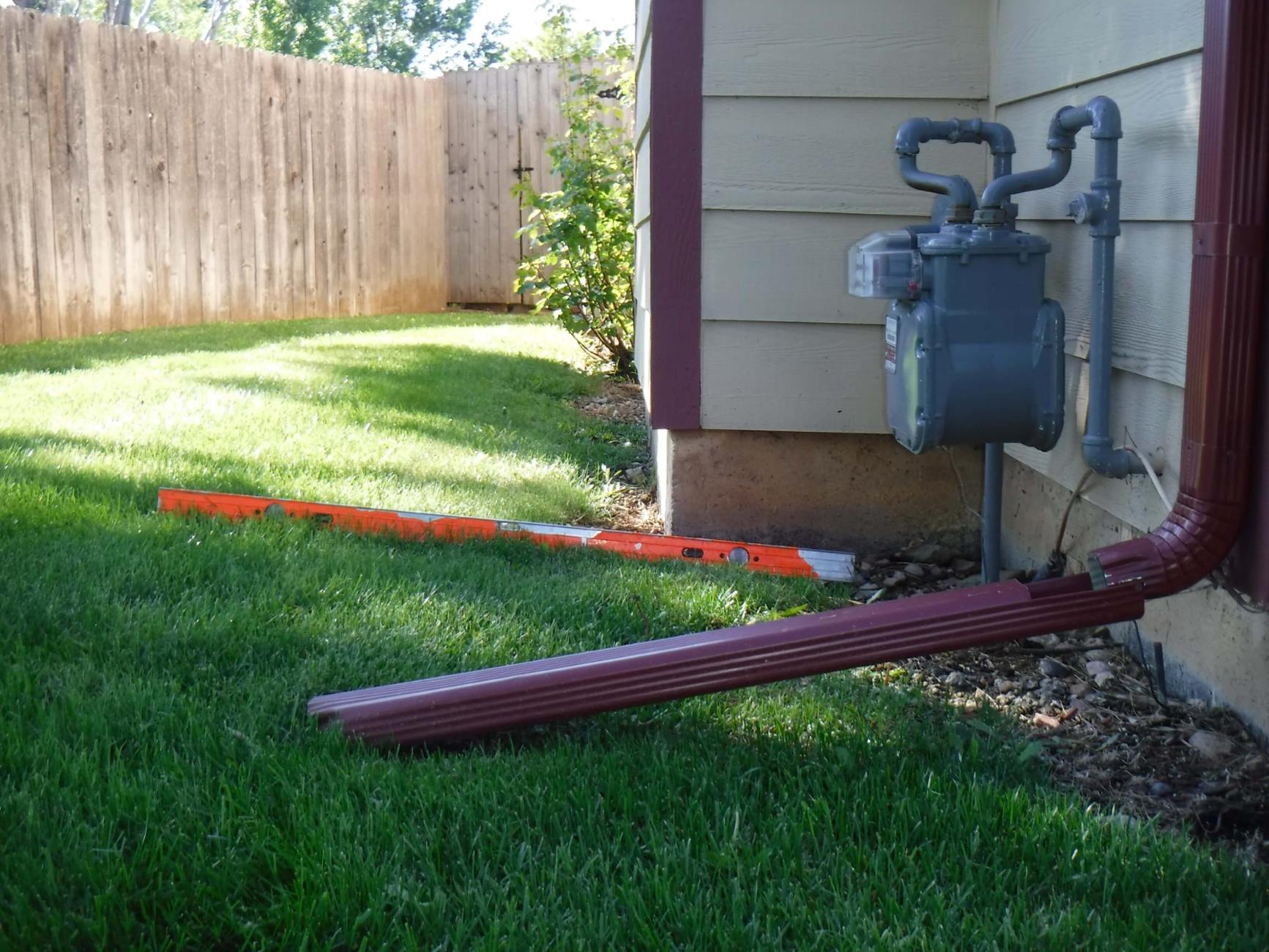


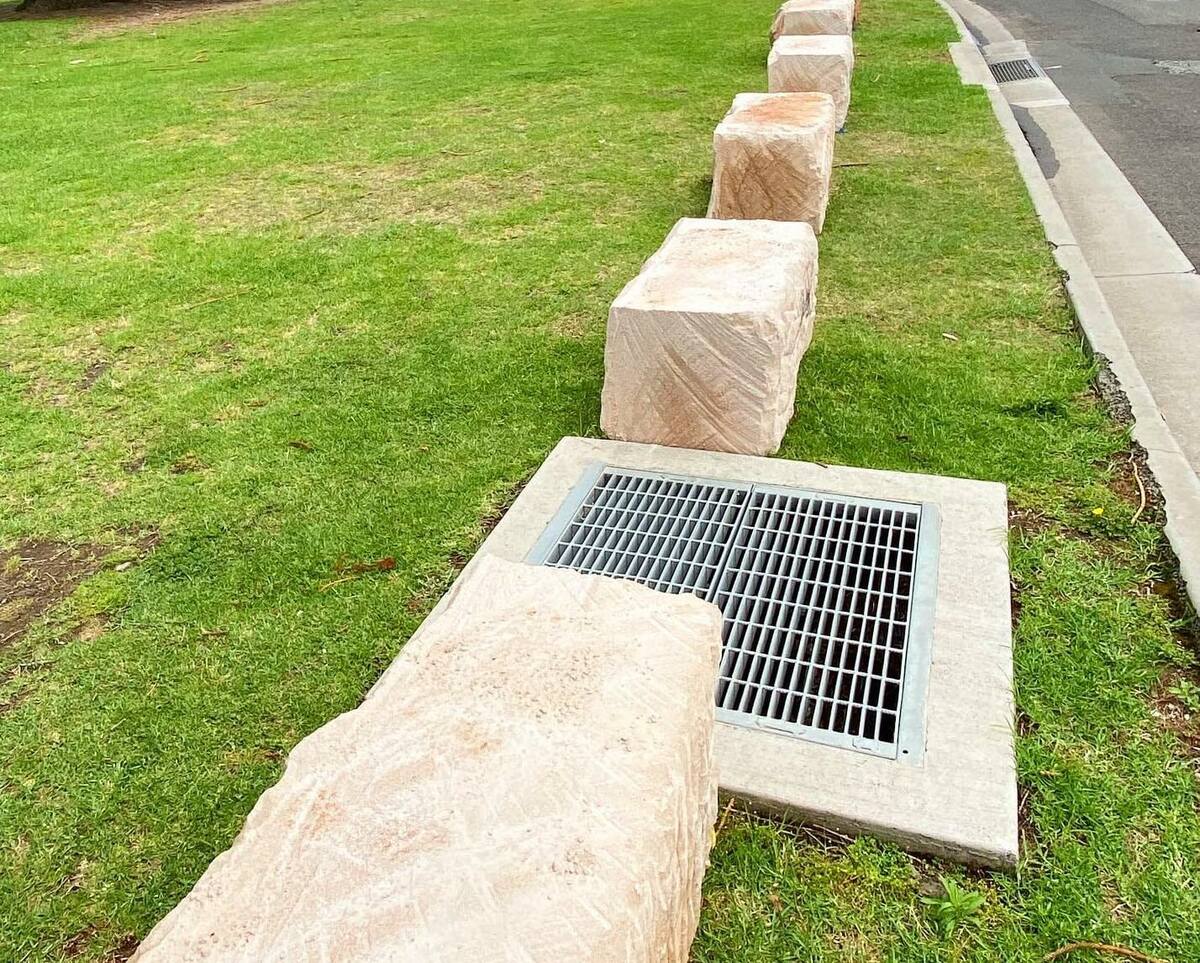


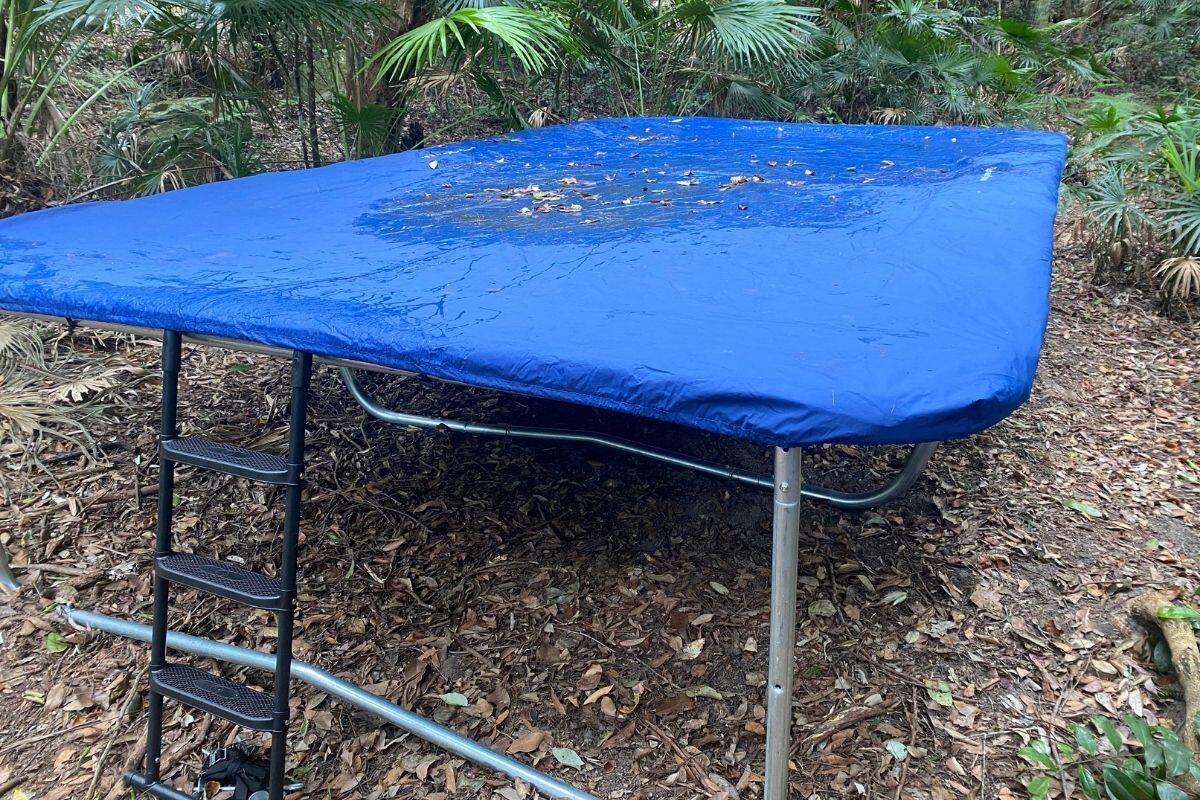
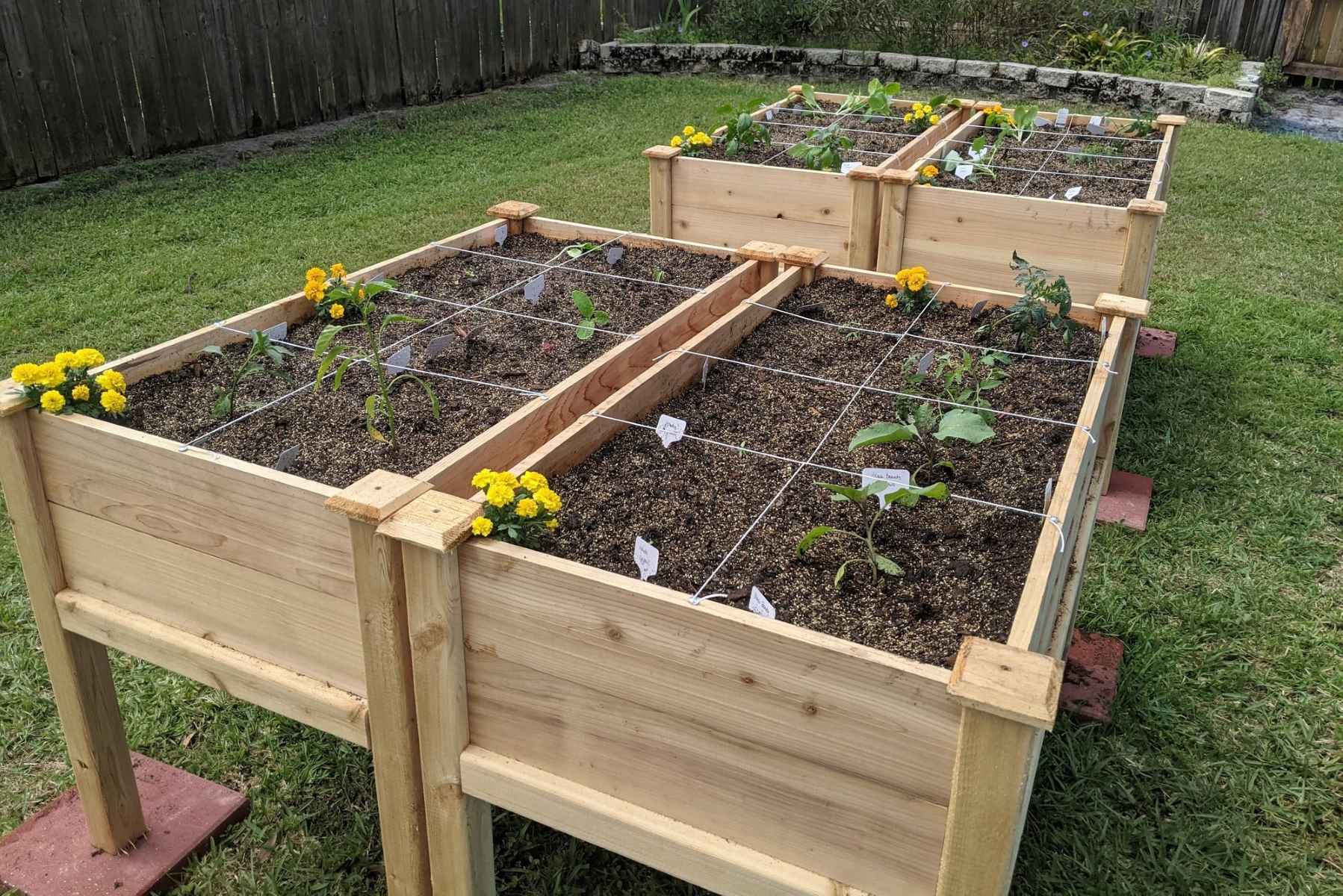
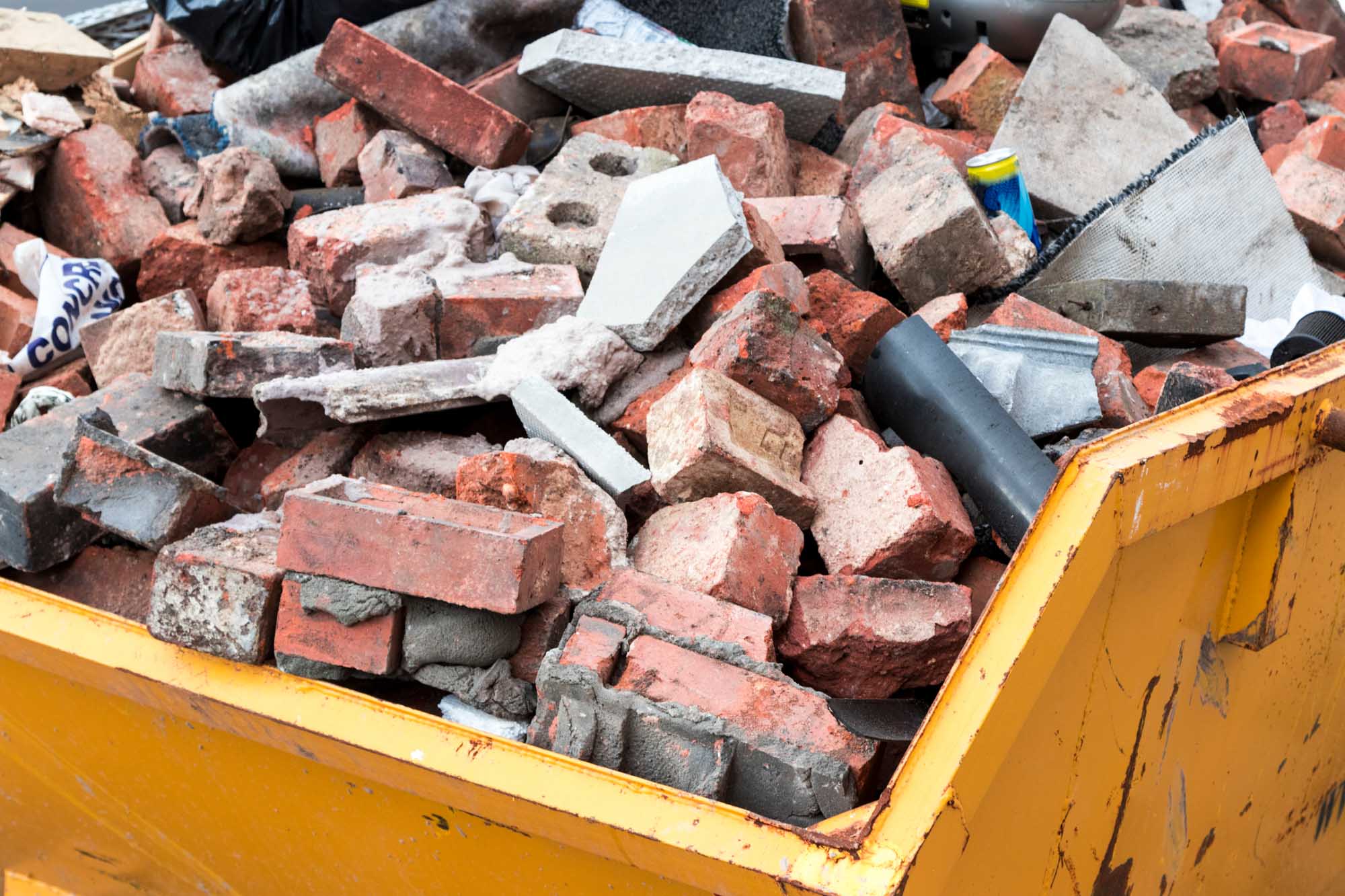
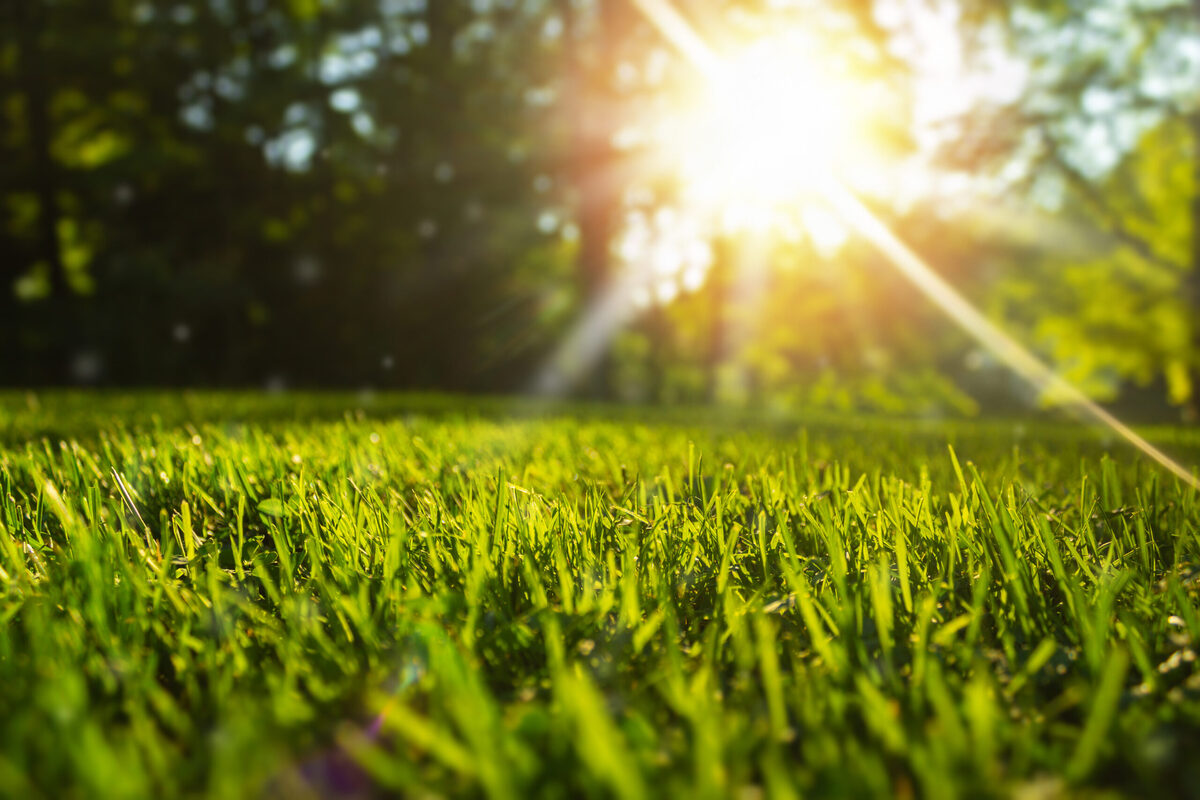
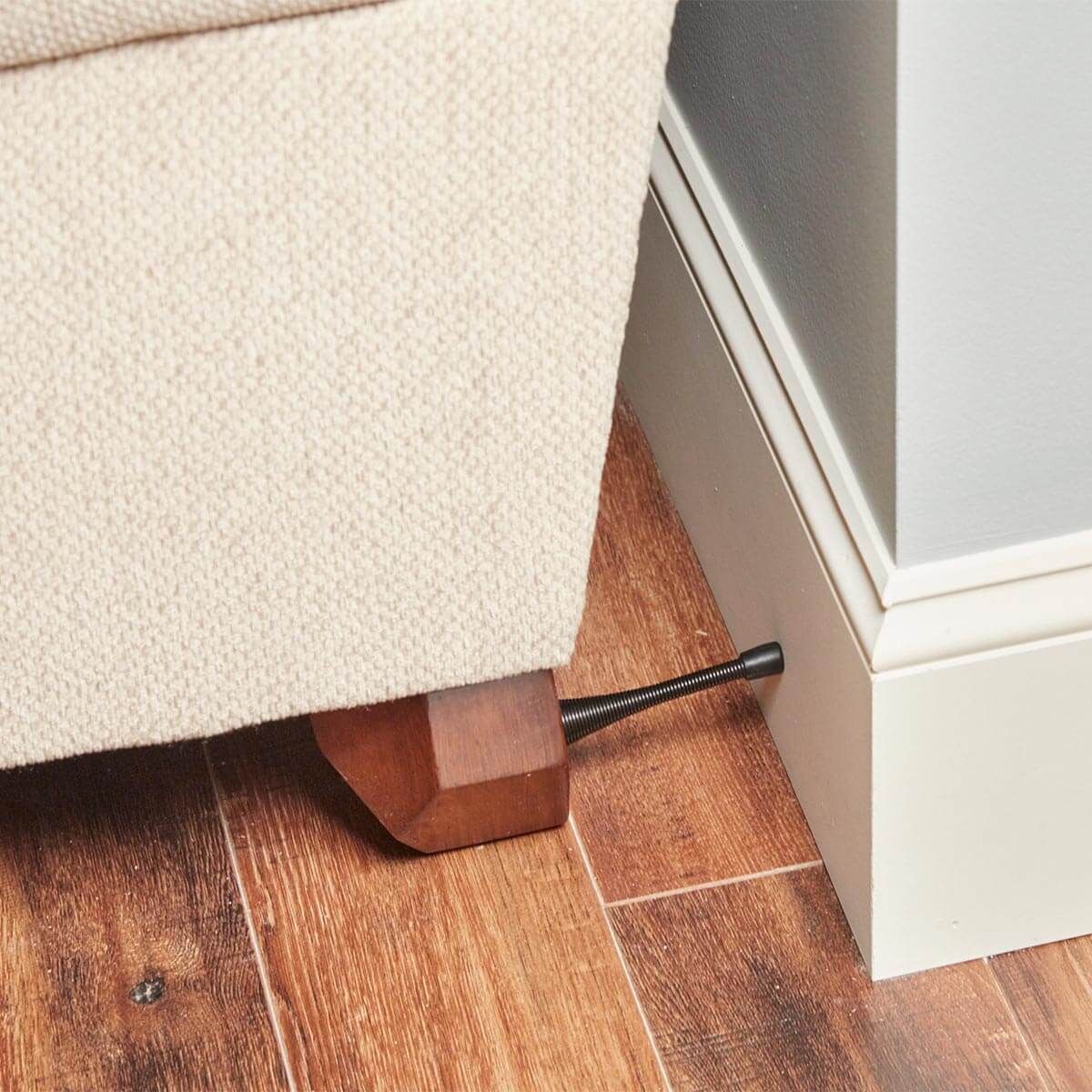
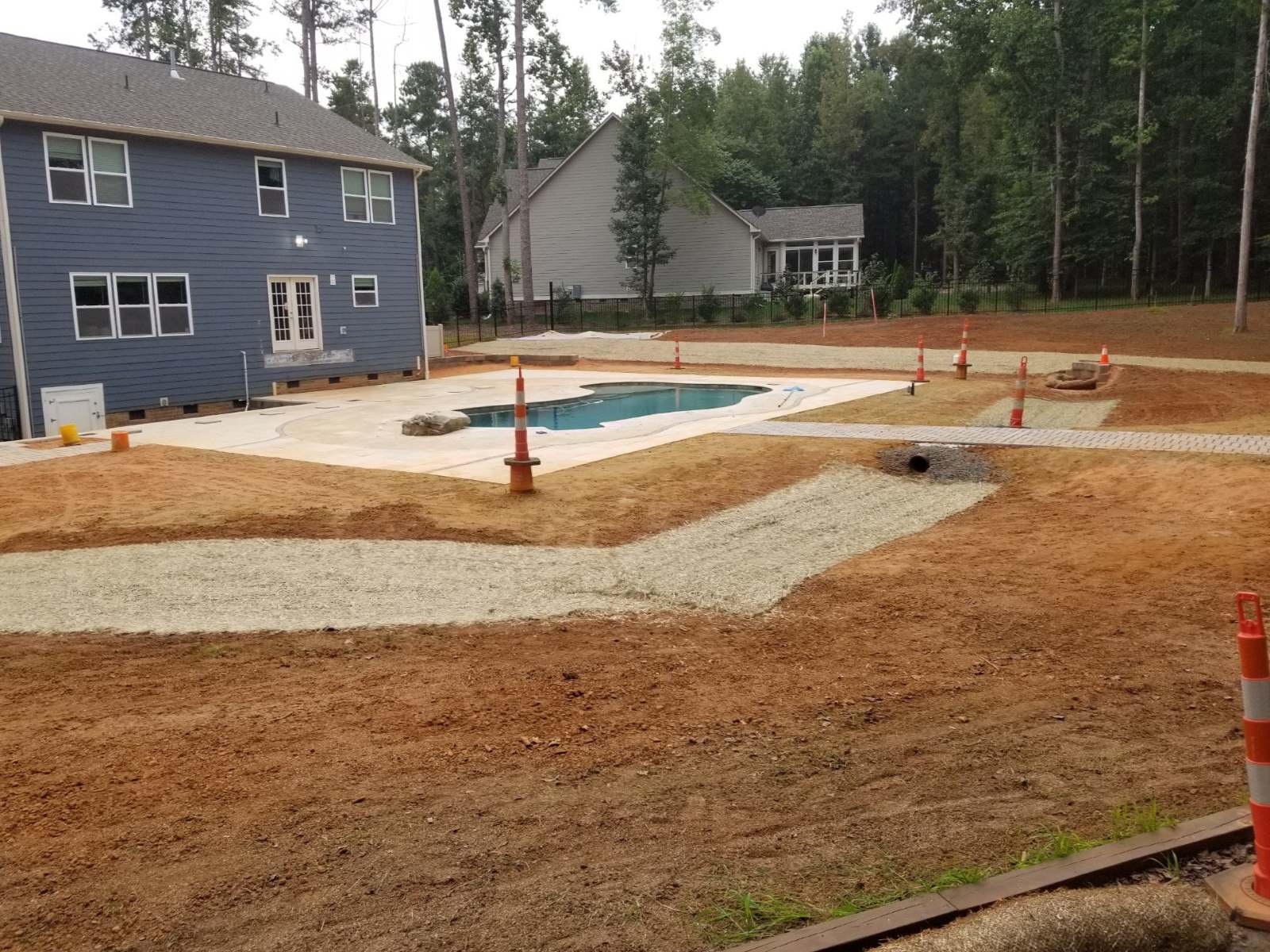
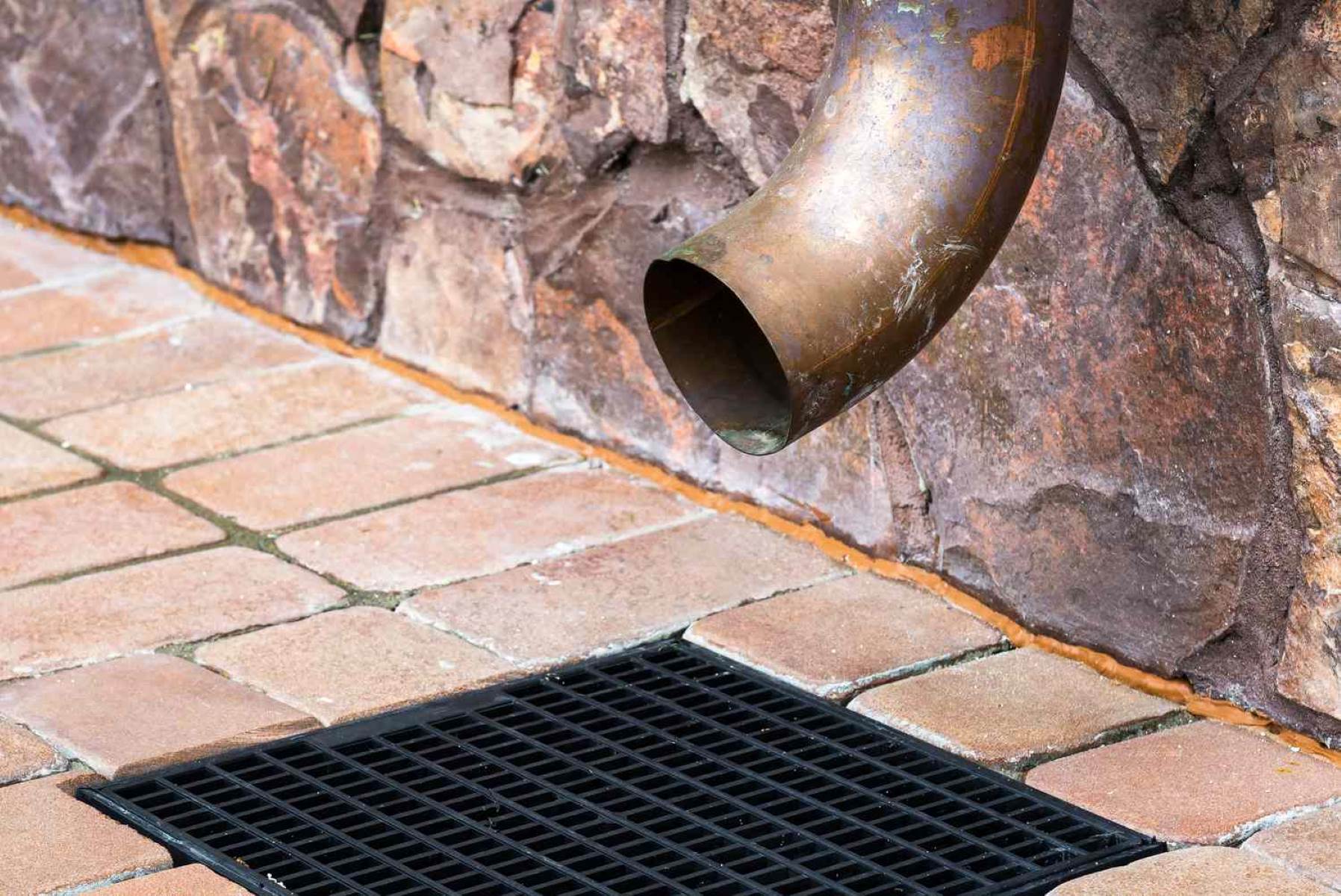

0 thoughts on “How To Protect Garden Drainage From Debris”